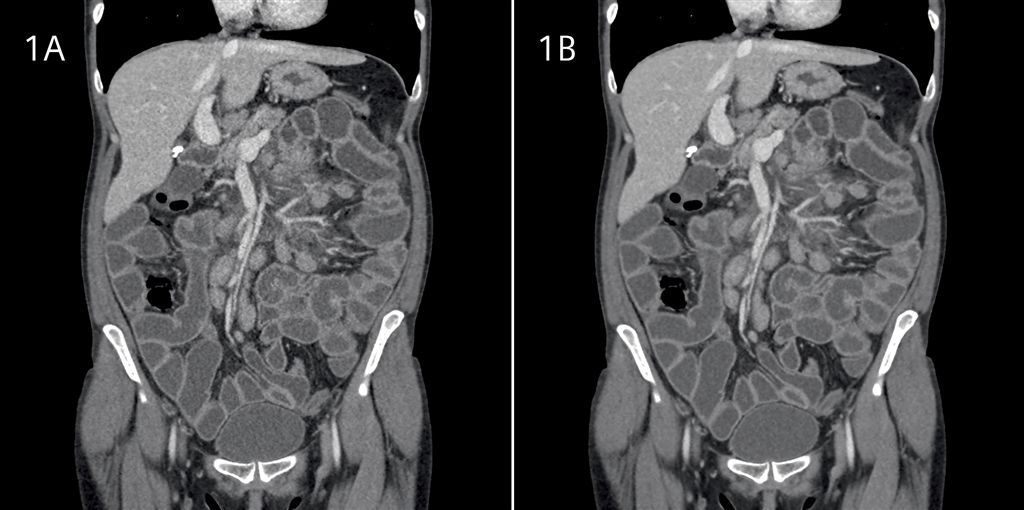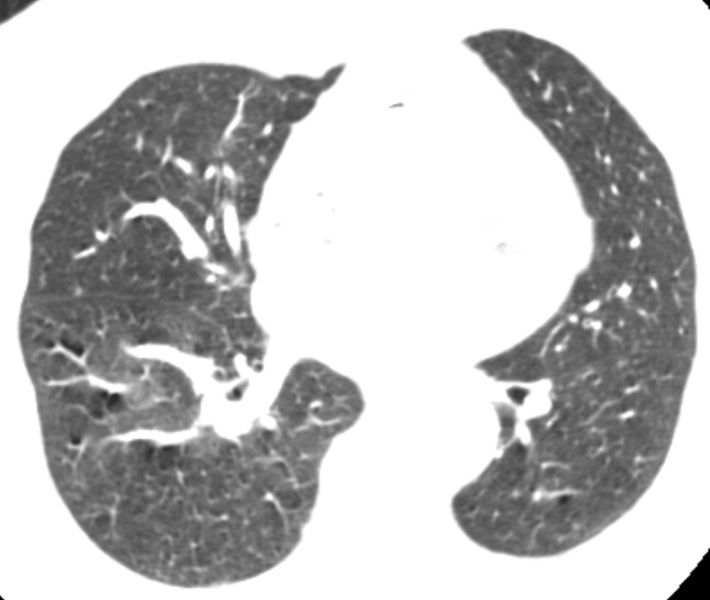Vendors look to mathematical solutions to minimize CT dose, improve safety
Radiology is a medical specialty created by a fertile marriage between biology and physics. But it is an entirely different academic discipline that is the focus of the research by major vendors of CT technology on show this year at the ECR’s technical exhibition. Their studies have centered on the subject that the illustrious 19th century German scientist Carl Friedrich Gauss called “the queen of sciences”: mathematics.
Radiology is a medical specialty created by a fertile marriage between biology and physics. But it is an entirely different academic discipline that is the focus of the research by major vendors of CT technology on show this year at the ECR’s technical exhibition. Their studies have centered on the subject that the illustrious 19th century German scientist Carl Friedrich Gauss called “the queen of sciences”: mathematics.
Each company’s attention is fixed on making CT a safer imaging modality by solving the dose/quality conundrum: attempts to reduce radiation dose for patients leads to increased noise and loss of image quality. That is because of the limitations of the filtered back projection (FBP) algorithm, which is currently the industry standard for reconstructing CT images from raw data.
Another type of algorithm, known as iterative reconstruction, is one possible solution to the problem of generating clinical pictures with low noise. It was first proposed in the 1970s. In this approach, the system creates a synthetic image, computes projections from the image, compares the original projection data, and updates the image based on the difference between the calculated and the actual projections. But the calculations are so processing power-intensive that reconstruction is too slow to be practical in a real-world radiology department.
Siemens has come up with a solution to this problem with its IRIS (iterative reconstruction in image space) software. This avoids the most time-consuming element in standard iterative reconstruction by avoiding the need to move data back and forth between the raw data space and the image space. It creates a single master data set, and all iterative reconstructions are then carried out within the image space to eliminate noise that carries over with the full data set used to create that original image. “The result is that we maintain the same image correction quality of theoretical iterative reconstruction, but avoid having to go back to the raw data space,” said Alexander Zimmerman, Siemens’ director of global product marketing. “By removing image noise without degrading image sharpness, we offer significant dose savings for a wide range of clinical applications. Any delays that this process might cause in completing the reconstruction will be hardly noticeable in routine use.”

Siemens estimates that by using IRIS, radiologists will be able to match the image quality achieved with FBP using around 60% of the dose. Or they can use the same radiation exposure to generate images that are significantly better than is possible with current technology. The company will be demonstrating the capabilities of the IRIS technology in its ECR booth, and will be equipping its Somatom Definition range of scanners with this feature from the second quarter of 2010.
At ECR, Philips is unveiling its own proprietary version of the iterative reconstruction algorithm, iDose, which forms part of the DoseWise suite of radiation management tools. Philips set out to develop software capable of lowering radiation dose while maintaining high image quality and fast reconstruction times. It estimates that iDose can cut the dose of coronary CT angiography studies, for example, to 0.25 to 1 mSv, a reduction of up to 80% over conventional FBP reconstruction, without losing image quality.
Yet iDose was designed to provide the look and feel of the original, higher dose radiation images, so there will be no additional training needed, according to the vendor. iDose will be available for new and installed Brilliance iCT and 64-slice scanners with an expected delivery date in the second half of 2010.
GE Healthcare’s ASIR (adaptive statistical iterative reconstruction) product was first introduced on its top-end Discovery CT750 HD scanner in October 2008. The technology has since been used to image more than 400,000 patients around the world. ASIR will now be available throughout the company’s product range with the launch of the BrightSpeed Elite range of compact CT scanners.




“With ASIR, a dose reduction of up to 40% can be gained, while maintaining the image quality,” said François Roche, CT product manager at GE Healthcare. “This produces an effect like a turbo for a car engine; it boosts the power of the engine with lower fuel consumption-or in this case, a reduced dose for the patient. As a result, scanning speed is increased, and it allows a speed equivalent to a 50-slice helical scanner, making it one of the most versatile CTs in its range.”
Meanwhile, Toshiba is focusing on how to make a CT scan a safer and less stressful experience for that most vulnerable patient group: children.
Paediatric patients are a particularly challenging group for CT designers and radiologists because of their different morphology compared with adults (less body fat, lower bone density, smaller vessels, etc.) and a frequent inability to lie still during a scan. So Toshiba is promoting its Aquilion One 320-detector row CT system as the ideal solution to the challenges of imaging children. Its ability to capture up to 16 cm in a single rotation helps reduce the amount of radiation a patient receives and lessens the need for patient sedation, according to the vendor.
This scanner also features the company’s SUREExposure pediatric software, which automatically takes details on the size and age of each patient and tailors the radiation dose to achieve optimal image quality for each examination. The software uses protocols that have been selected based on the patient’s age and size, and the type of examination to ensure patients receive only the radiation required to obtain a clear diagnostic image. The scanner is available with a range of other child-friendly features, including iStation, an educational tool that helps them to learn to hold their breath, and a visually appealing design on the scanner housing.
Although most of the new CT technologies in the exhibition are software-based applications, there will be at least one piece of novel hardware on show. Siemens is launching a new entry-level 16-slice scanner designed to meet the needs of institutions wishing to provide a CT service on a strictly limited budget. The new scanner is part of the company’s Somatom Emotion range.
Study with CT Data Suggests Women with PE Have More Than Triple the One-Year Mortality Rate than Men
April 3rd 2025After a multivariable assessment including age and comorbidities, women with pulmonary embolism (PE) had a 48 percent higher risk of one-year mortality than men with PE, according to a new study involving over 33,000 patients.
The Reading Room: Racial and Ethnic Minorities, Cancer Screenings, and COVID-19
November 3rd 2020In this podcast episode, Dr. Shalom Kalnicki, from Montefiore and Albert Einstein College of Medicine, discusses the disparities minority patients face with cancer screenings and what can be done to increase access during the pandemic.
Predicting Diabetes on CT Scans: What New Research Reveals with Pancreatic Imaging Biomarkers
March 25th 2025Attenuation-based biomarkers on computed tomography (CT) scans demonstrated a 93 percent interclass correlation coefficient (ICC) agreement across three pancreatic segmentation algorithms for predicting diabetes, according to a study involving over 9,700 patients.
Can Photon-Counting CT be an Alternative to MRI for Assessing Liver Fat Fraction?
March 21st 2025Photon-counting CT fat fraction evaluation offered a maximum sensitivity of 81 percent for detecting steatosis and had a 91 percent ICC agreement with MRI proton density fat fraction assessment, according to new prospective research.